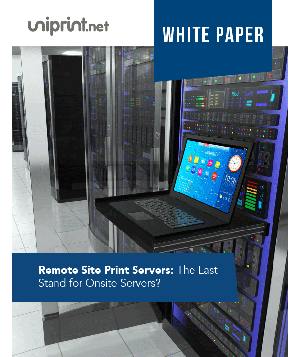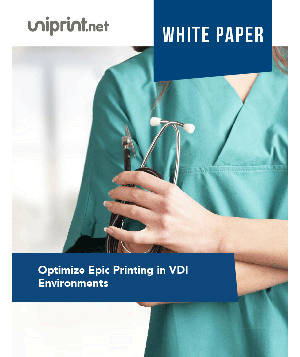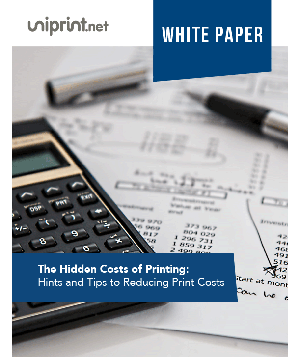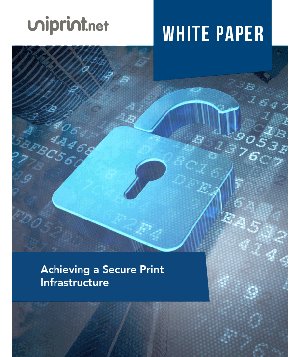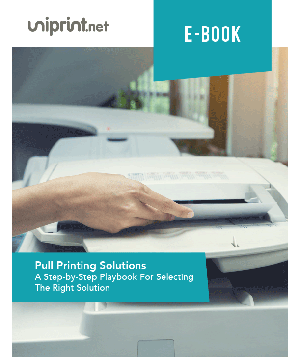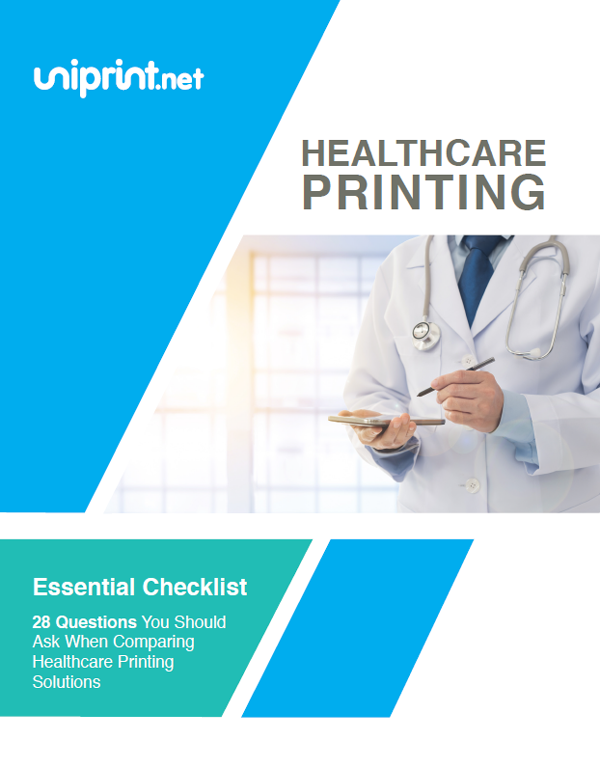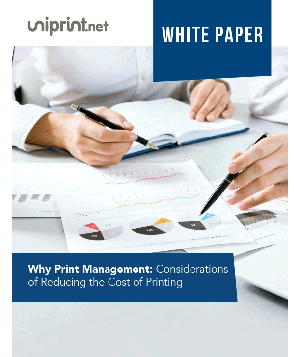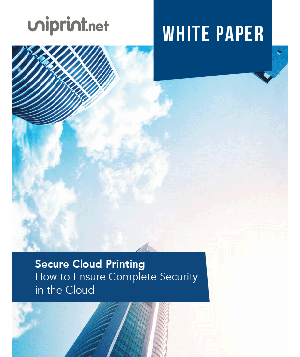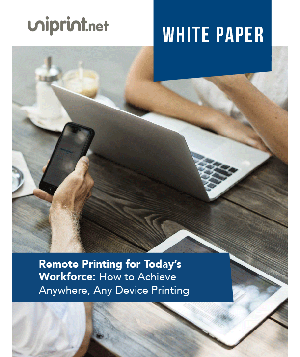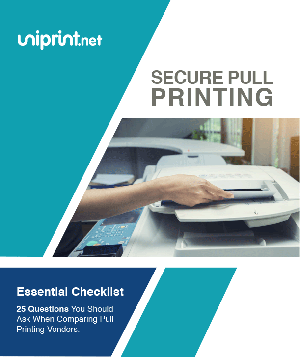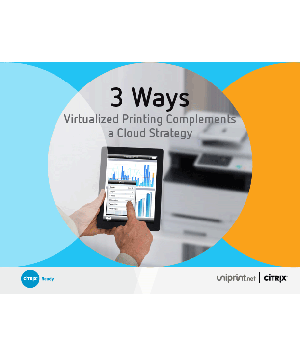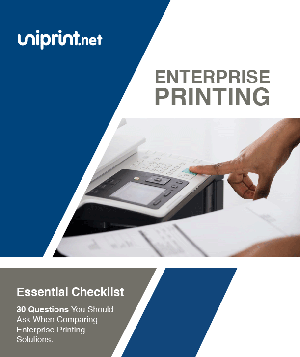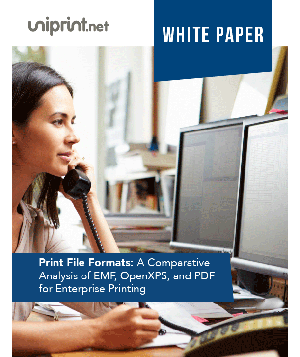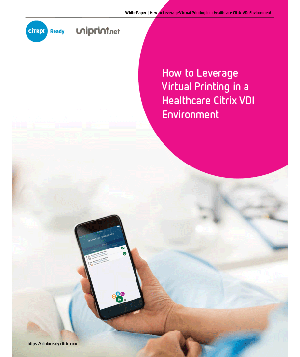Healthcare Expert Roundup: 10 Best Practices for Rolling Out Epic EMR
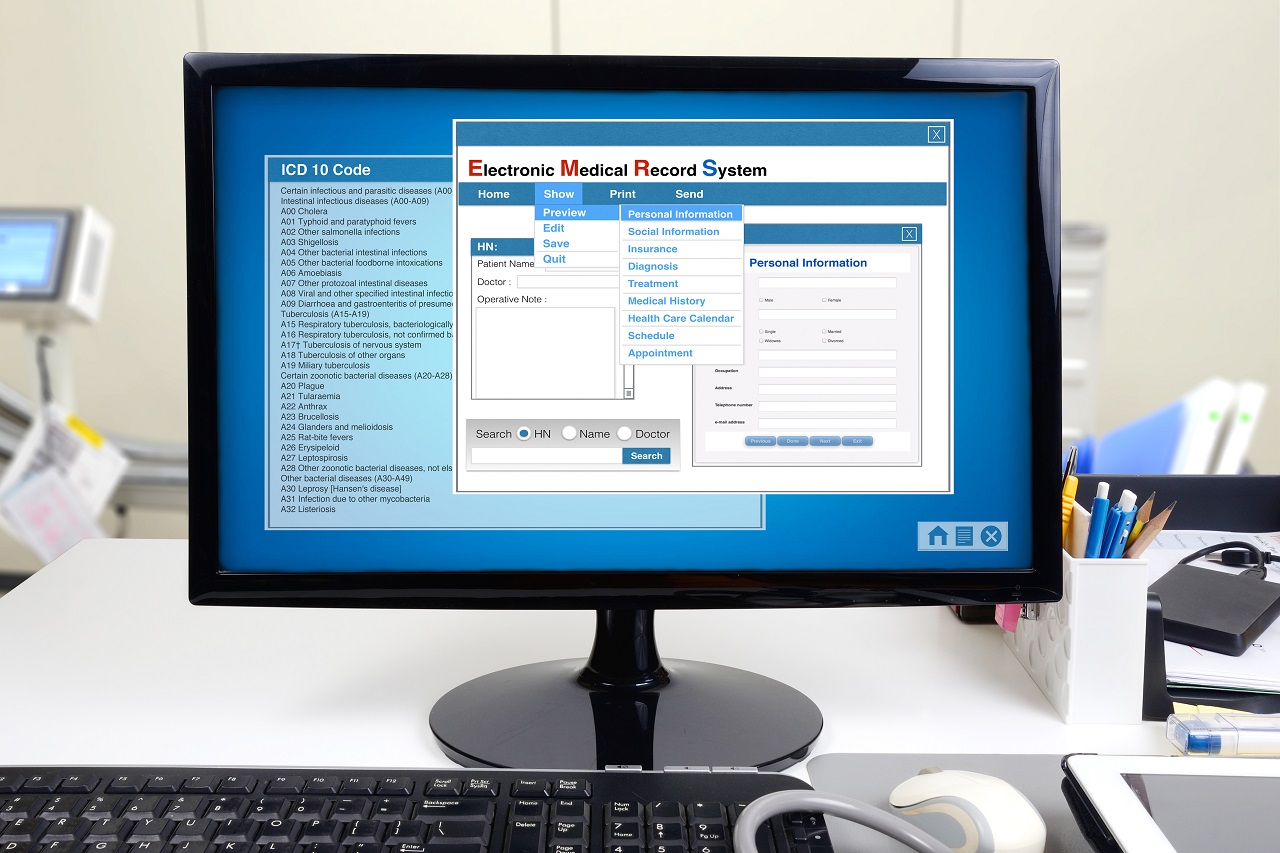
Since Epic introduced their revolutionary electronic medical record (EMR), they have rapidly taken over hospitals and healthcare providers across the globe!
Epic’s EMR system is now implemented and used in nearly 300 healthcare organizations across the USA.
How to Print from Anywhere: Your Guide to Printing on the Go

Being constantly on the go, being able to print from anywhere from your mobile phone, used to be something far from possible.
Today, innovations in secure cloud printing technology has now made it possible for users to print from anywhere, on the go.
Printers with wireless or online connections can easily communicate beyond a specific person or user group.
Print vendors are also constantly rolling out solutions that use email or cloud based print servers for sending out print jobs.
7 Criteria for Selecting a Print Management Vendor
Enterprise print management and output management has emerged as a proven approach to reducing IT costs, improving employee efficiency, workflow, and the reliability of an enterprise’s printing infrastructure.
Most organizations turn to a third party printing solution for cost reduction and service reliability. But they can also provide other benefits such as document workflow, mobility, and end user productivity.
All print management and output management vendors try to focus on simplifying IT management, improving productivity, reducing costs and increasing security around enterprise printing operations, but that does not mean they are all equal.
What is Fault Tolerance? High Availability & Printing
A fault tolerant setup typically consists of a system that has the ability to continue seamless operation even under circumstances where one or more of its components suffer from failure.
This is distinct from non-fault tolerant systems, where any component failure may result in total system collapse!
Fault tolerance tends to be in high demand in environments and industries where workflows and processes are critical and extremely time sensitive, such as the in the healthcare and financial industries.
Secure Print: 5 Print Security Threats to Watch Out For

In the past, printers were simple machines where a user would print to one local printer and then go retrieve whatever document they printed.
There have always been security issues with legacy printers such as the theft of documentation from the printer before it can be collected. Unfortunately, innovation in software and technology has opened doors to a wide array of new print security threats enterprises must be aware of.
There are five main print security threats to watch out for.



